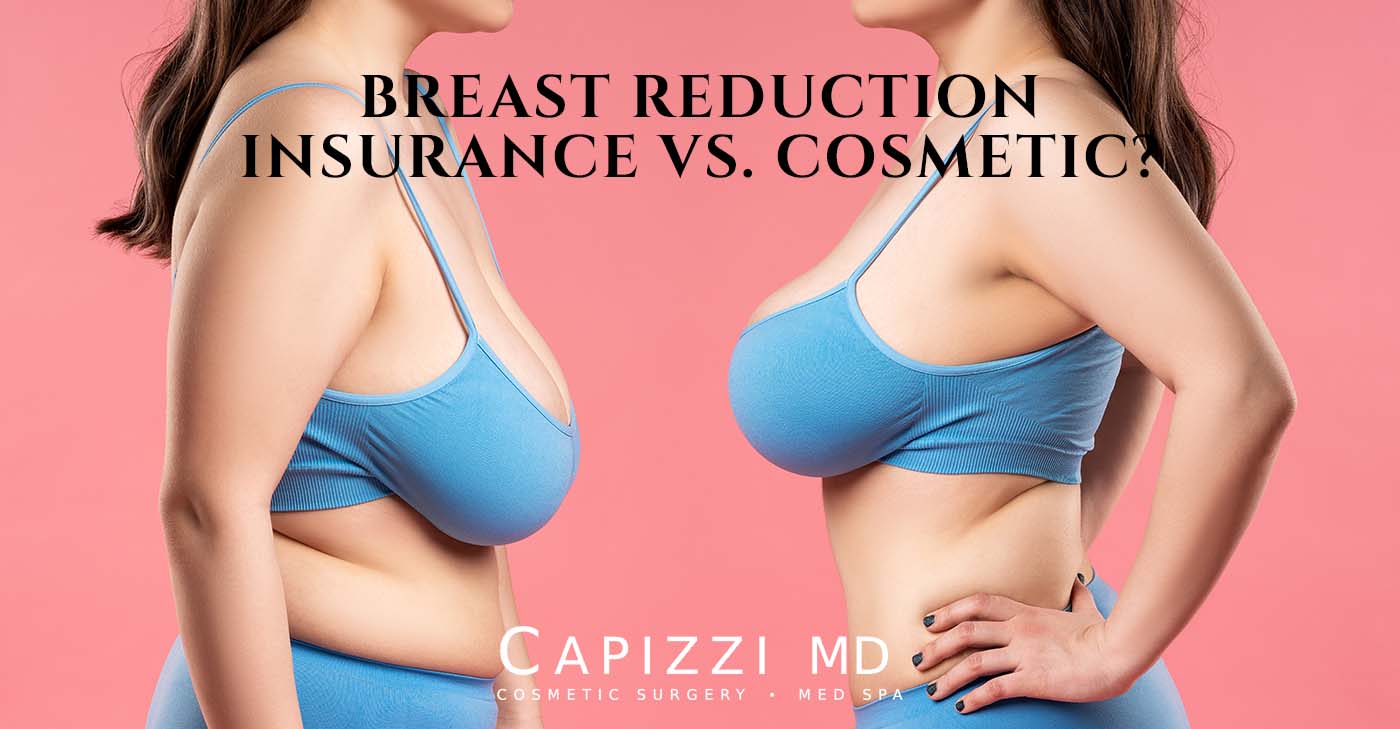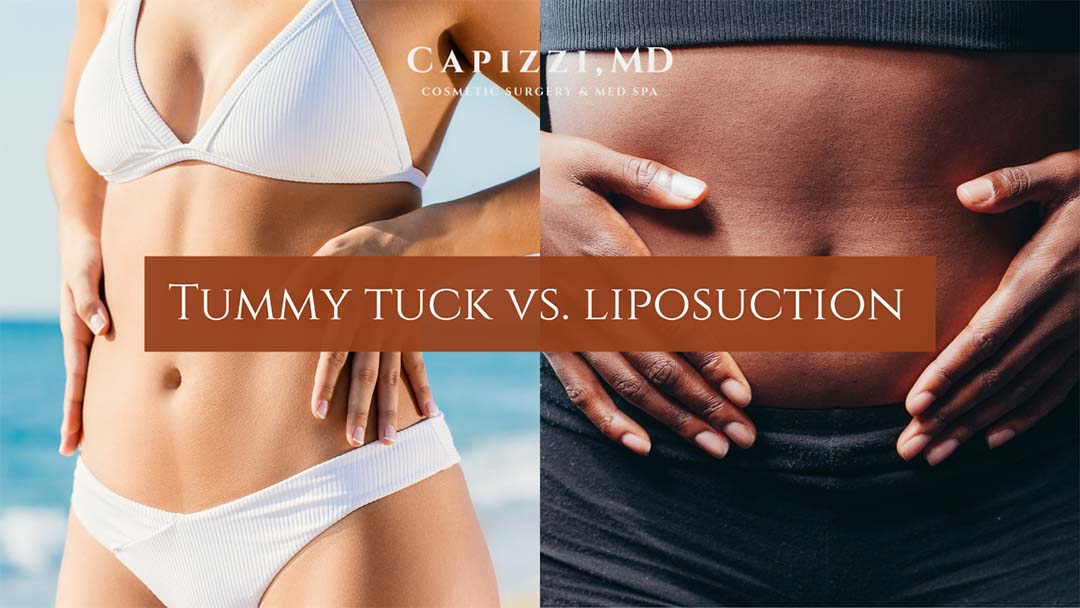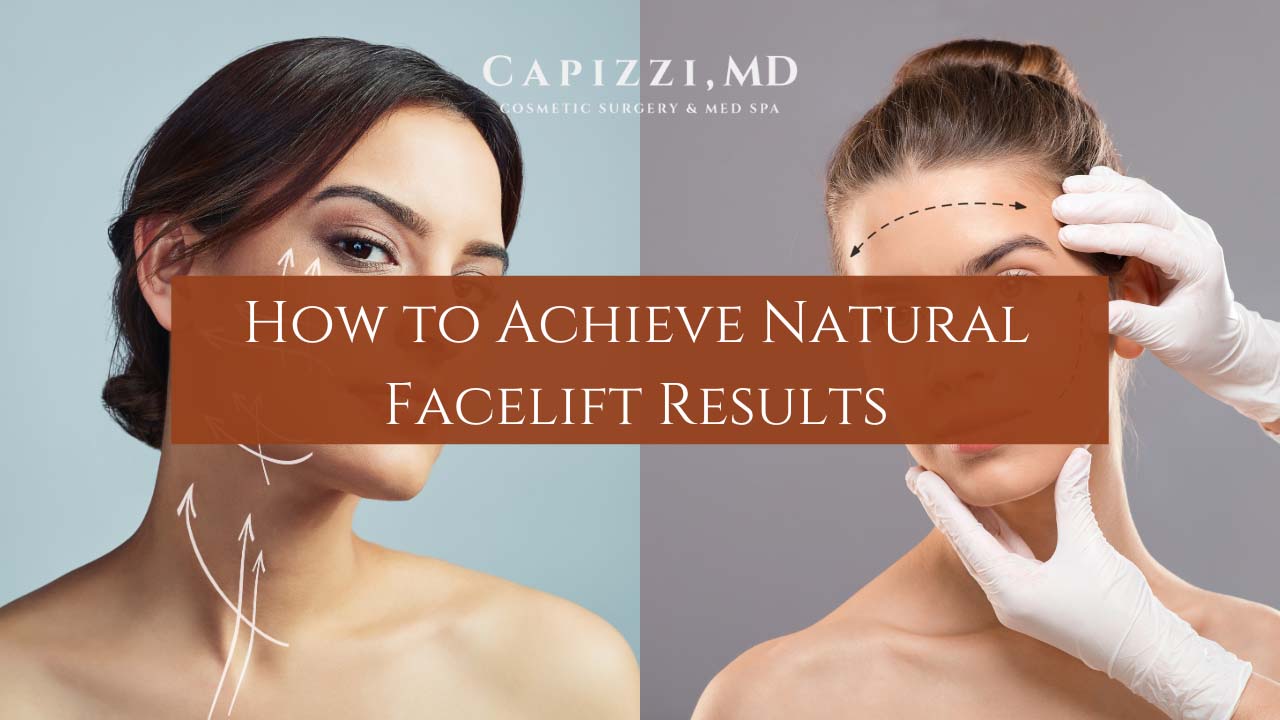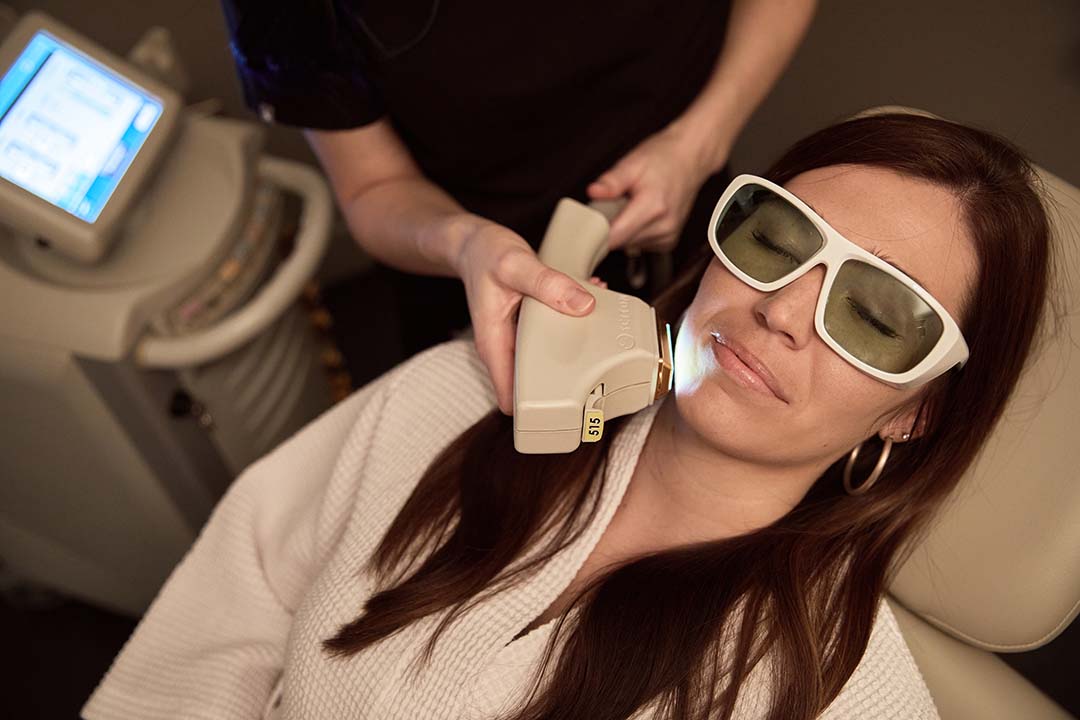A breast reduction can be life-changing, alleviating years of physical pain and strain on the neck, back, shoulders, legs, and even hips. Many women suffer from having large breasts and this procedure is a viable solution. This procedure can also remedy fatigue and self-consciousness associated with large breasts. With these medical benefits in mind, it …
A breast reduction can be life-changing, alleviating years of physical pain and strain on the neck, back, shoulders, legs, and even hips. Many women suffer from having large breasts and this procedure is a viable solution. This procedure can also remedy fatigue and self-consciousness associated with large breasts. With these medical benefits in mind, it seems as though insurance should cover the procedure – but this isn’t always the case.
How can insurance cover your breast reduction? Some health insurance plans cover breast reduction surgeries. But there’s a catch – the procedure has to be a “medical necessity” or it is considered a cosmetic procedure and will not be covered by health insurance.
What is a “medically necessary” breast reduction?
In order to have your breast reduction deemed medically necessary by your insurance provider, you must provide adequate documentation reflecting a negative quality of life due to breast size/weight. This distinction can be made by your primary care provider, chiropractor, physical therapist, etc.
So you’ve gotten the necessary proof required to go through your insurance provider. You’re covered, right? Not quite. Even if you get your surgery approved by your insurance, you may still have to cover part of the procedure out-of-pocket due to limits of your specific coverage.
Is a breast reduction worth it?
According to RealSelf, 97% of patients who have undergone breast reduction surgery say it was worth it…but your satisfaction with your results largely depends on both the surgeon AND the individual. When going through insurance, surgeons must meet a required minimum amount of tissue removed. Aka, you don’t always have a lot of control over how large your breasts will be at the end of the procedure.
Considering how much your breast size is negatively affecting your quality of life – back pain, persistent rashes from abrasive bra straps, and workout and wardrobe limitations. Alleviating the weight that causes these issues can be life-changing, but don’t forget about the overall appearance!
Most of the conversation about breast reductions revolves around what is being taken away, but the beauty of what remains is of equal importance. A cosmetic breast surgeon’s quality of technique, artistic eye and acute aesthetic sense yield both life-changing and beautiful results.
If you’re suffering from large breasts and are considering a breast reduction, be sure to weigh your options. Having your surgery covered by insurance is beneficial in reducing part of the cost, but there are limitations. Aside from the possibility of still having to pay out-of-pocket, opting to go through insurance reduces your surgeon options. The last thing a woman wants from a breast reduction procedure is to wake up dissatisfied with the appearance of her results. Consider each surgeon’s before and after photos. Does this surgeon’s results reflect the look you’re going for? Do you like their aesthetic style? Does this surgeon perform a lot of other surgeries as well, or are they well-equipped with additional techniques to achieve your desired results?
Why do some choose paying out of pocket?
A breast reduction is a pretty straightforward downsizing, but what about the final look of the remaining tissue? It’s important that the breasts are shapely and elevated. Think of it this way: you could get a new stove, or you could update your whole kitchen. Reducing your breast size is one thing. Making sure your now-smaller breasts reflect your desired look is another.
The caliber of surgeon that takes out-of-pocket pay versus the caliber of surgeon that accepts insurance can be very different. Typically surgeons with an esteemed reputation and many years of experience are more in demand for patients seeking specialized care and thus they accept less insurance cases.
Some common complaints patients have when viewing before and after photos of breast reductions are:
- Widened, flattened look”
- “Asymmetrical breasts”
- “Obvious, visible scars”
Keeping perky breasts when reducing size
To avoid producing a widened, flattened look, Dr. Capizzi removes excess tissue from the bottom and sides of the breast. He maintains the volume in the top and middle of the breasts. Large breasts tend to have “droopiness” (as known as ptosis) that causes them to hang lower on the chest. Dr. Capizzi would address this with a breast lift accompanying the reduction. In some cases, the amount of cleavage a patient desires is not achievable by reduction alone, as it requires firmer breast tissue. To get a “perky” cleavage look, Dr. Capizzi offers patients the option of adding fat-grafting or small implants. This will both minimize the overall size and weight of the breasts while achieving the patient’s goals.
Maintaining similar size during a reduction
Complaints of asymmetry can stem from unequal tissue removal, disproportional nipple-areola complex, or both. You may have heard the saying “breasts are sisters, not identical twins.” This is true! If your breasts aren’t identical to begin with, it is likely they won’t be identical after surgery…but your surgeon should come as close as possible! Meaning, breasts should be the same cup size and shape, and your nipple-areola complex should be of the same proportion and height. Dr. Capizzi positions the nipple-areola complex through careful preoperative markings. He takes into account the distance between the bottom of the areola and the breast crease. This is where the eye of a true artist shines through!
As mentioned, a large part of breast reduction surgery focuses on removal. To ensure significant and adequate removal from each side, Dr. Capizzi weighs the removed tissue. While it is important that the amount of removed tissue from each breast is the same on the whole, the weight of the removed tissue may vary from side to side.
Lastly, as with every breast procedure, Dr. Capizzi raises the patient to an upright position to ensure the size, shape, and placement of the nipple-areola complex are symmetrical.
Reducing scars both intra and post-operatively
Near invisible scars are always a priority with cosmetic procedures. With breast reductions, scar appearance is vital to the whole appearance of the breasts. Dr. Capizzi takes great care in tailoring the breasts – each incision has a purpose! By removing and tightening excess skin, narrowing and rounding out the base of the breasts, and repositioning the nipple-areola complex, Dr. Capizzi creates a more youthful appearance. But the attention to detail doesn’t stop there… It is also important to be meticulous in closing the incisions. To do this, Dr. Capizzi uses dissolvable sutures and leaves a minimal amount of tension on the incisions.
Our surgical team and aestheticians place a lot of focus on recovery. You can breathe easy knowing you’re in good hands for managing the appearance of your scars. At Capizzi MD, we pride ourselves on our Enhanced Recovery After Surgery (ERAS) products. This includes:
- Biocorneum, a carefully developed silicone scar gel that helps the incision flatten during healing
- A hydrating, firming breast cream developed by Dr. Capizzi to enhance results,
- And a complimentary lymphatic massage to ease any strain on incisions from swelling.
Healing and texture aside, are you worried about the color of your scars or potential redness? Not at Capizzi MD! Our talented aestheticians can also perform laser treatments to address any hyperpigmentation concerns.
If you’re interested in discussing these topics, schedule a consultation with Dr. Capizzi and his surgical team! We would be glad to tailor a procedure specific to your body, health history, and aesthetic goals. Give us a call at 704-655-8988 to chat with one of our lovely Patient Care team members. They can help answer any questions you may have about a reduction ahead of a consultation. Have concerns about cost? No worries. Our outstanding Patient Care Coordinator takes pride in helping patients personalize a financing program that allows them to achieve their dreams.













